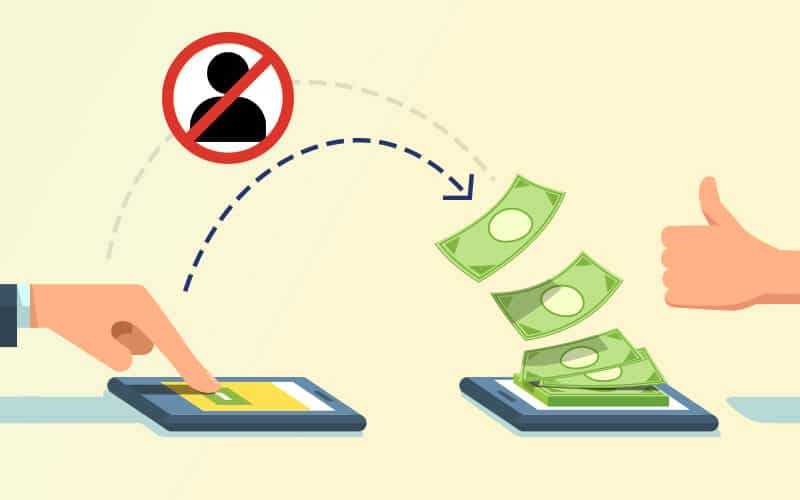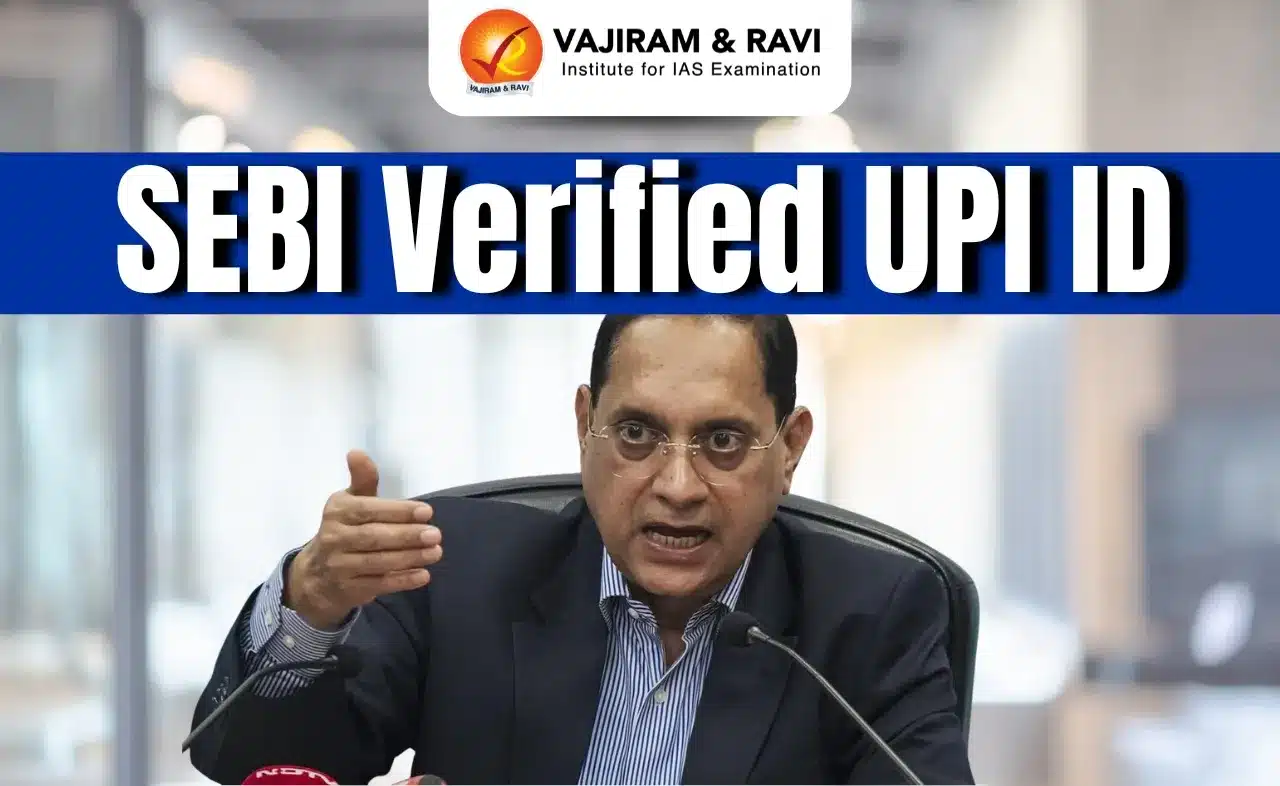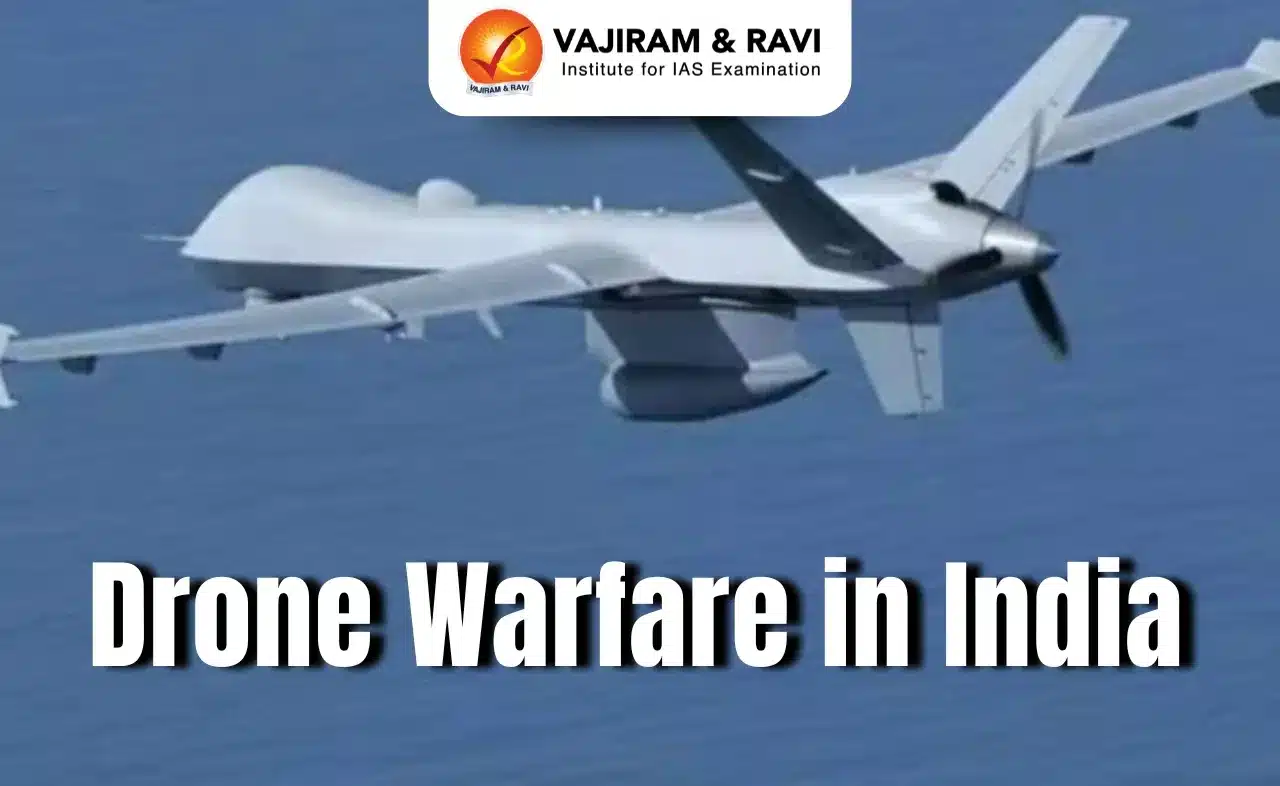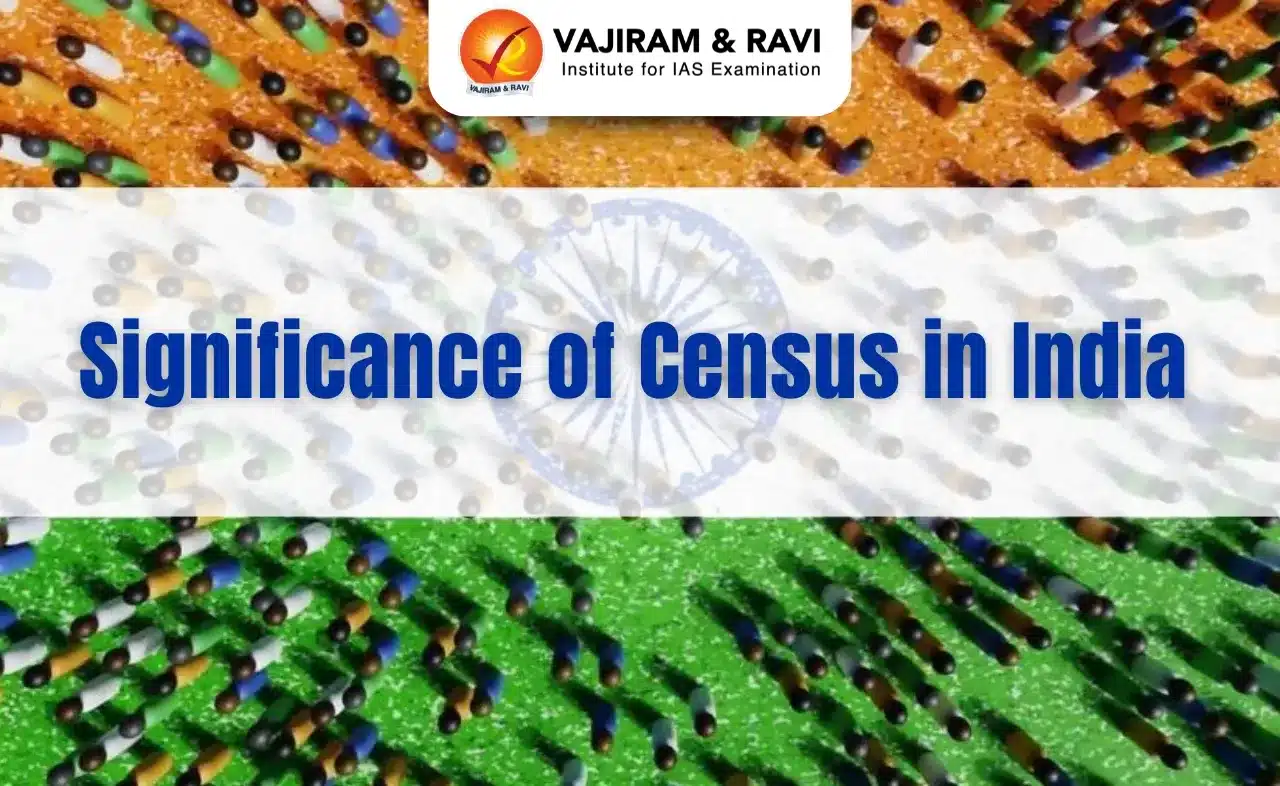What’s in today’s article?
- Why in News?
- About Direct Benefit Transfer (DBT)
- DBT Process
- Achievements of the DBT Program
- News Summary
Why in News?
- On February 21, the Seattle City Council became the first city in the United States of America (USA) to ban caste-based discrimination.
About Direct Benefit Transfer (DBT)
- Government of India launched the Direct Benefit Transfer (DBT) Program on 1st Jan 2013.
- With DBT program, GoI aims to make payments directly into the Aadhaar-linked bank accounts of the end beneficiaries, removing any malpractices from the existing system such as diversions and duplicate payments.
- The primary objective of the DBT program is to bring transparency and terminate pilferage from distribution of funds sponsored by Central Government.
DBT Process
- The following are the steps or sub-sections, which are the major checkpoints in the Direct Benefit Transfer process –
- Public Financial Management System (PFMS) registration.
- Examination of eligibility of the beneficiary.
- Verification of the beneficiaries’ bank account/ Aadhar Enabled bank account.
- Initiation of the payment
- PFMS (Public Financial Management System) is a Central Plan Monitoring System of the Ministry of Finance, Government of India.
- It is used as a common platform to carry out both Aadhar and non-Aadhar e-payments for the DBT program.
Achievements of the DBT Program
- The first payment was made to a mother in the Puducherry for the Janani Suraksha Yojana in January 2013.
- Since then, DBT has helped in reforming Government delivery system by re-engineering the existing process in welfare schemes for simpler and faster flow of information/funds.
- The benefits include accurate targeting of the beneficiaries, de-duplication and reduction of fraud.
- DBT during Covid-19 Pandemic –
- Between March 24 2020 and April 17 2020, the DBT payments under all the central sector/centrally sponsored schemes through Public Financial Management System (PFMS) amounted to Rs 27,442 crore in the accounts of 11.42 crore beneficiaries through schemes like PM-KISAN, MGNREGS, NHM, etc.
- By 2022, more than 135 crore Aadhaar cards have been generated, there are 47 crore beneficiaries under Pradhan Mantri Jan Dhan Yojana, 6.5 lakh Bank Mitras delivering branchless banking services and mobile subscribers number more than 120 crore.
- On the basis of this wide network, the DBT program has 318 schemes of 53 central ministries spanning across sectors.
- In rural Bharat, DBT has allowed the Government to provide financial assistance effectively and transparently to farmers with lower transaction costs.
- The DBT system has enabled the government to save significantly on its social-sector welfare expenditure through targeted deliveries.
- The Government’s cumulative savings on expenditure, thanks to the DBT till FY21-end, was 2.23 trillion.
- According to an estimate by the Central government the Aadhaar-enabled DBT platform helped in –
- Eliminating 41.1 million fake LPG connections,
- Eliminating 39.9 million duplicate ration cards and
- Resulted in 10% savings on wages on account of the deletion of non-existent MGNREGS beneficiaries.
News Summary
- Transfer of subsidies to the beneficiaries through the Direct Benefit Transfer (DBT) has reached about Rs 5.5 trillion so far in the 2022-23 FY.
- Given that a lot of dues are cleared in the last month of the year, the DBT transfers are expected to surpass Rs 6.3 trillion achieved in FY 2021-22.
- Fertiliser subsidies worth Rs 1.9 trillion have been provided to farmers so far in the current financial year.
- This is 53% higher than Rs 1.24 trillion in the whole of FY22 as input costs and global prices of fertiliser doubled in a year or so.
- Subsidies worth Rs 1.5 trillion were transferred to beneficiaries via foodgrains under the public distribution system (PDS) so far in FY23.
- The food DBT through PDS will likely end the year around Rs 2.2 trillion in FY23, the same as in FY22.
- The elevated food DBT is due to Government of India providing free ration to 81.35 crore poor people under the National Food Security Act (NFSA).
- Also, under Pradhan Mantri Gramin Awas Yojana-Rural (PMAY-R), the DBT benefits have reached Rs 38,638 crore.
Q1) What is Pradhan Mantri Jan Dhan Yojana?
Pradhan Mantri Jan Dhan Yojana is a financial inclusion program of the Government of India open to Indian citizens, that aims to expand affordable access to financial services such as bank accounts, remittances, credit, insurance and pensions.
Q2) Is National Payments Corporation of India a government company?
National Payments Corporation OF India is a non-govt company, incorporated on 19 Dec, 2008. It’s a public unlisted company and is classified as ‘company limited by shares’.
Source: Direct benefit transfers at Rs 5.5 trillion this fiscal | NIC.IN
Last updated on June, 2025
→ UPSC Notification 2025 was released on 22nd January 2025.
→ UPSC Prelims Result 2025 is out now for the CSE held on 25 May 2025.
→ UPSC Prelims Question Paper 2025 and Unofficial Prelims Answer Key 2025 are available now.
→ UPSC Calendar 2026 is released on 15th May, 2025.
→ The UPSC Vacancy 2025 were released 1129, out of which 979 were for UPSC CSE and remaining 150 are for UPSC IFoS.
→ UPSC Mains 2025 will be conducted on 22nd August 2025.
→ UPSC Prelims 2026 will be conducted on 24th May, 2026 & UPSC Mains 2026 will be conducted on 21st August 2026.
→ The UPSC Selection Process is of 3 stages-Prelims, Mains and Interview.
→ UPSC Result 2024 is released with latest UPSC Marksheet 2024. Check Now!
→ UPSC Toppers List 2024 is released now. Shakti Dubey is UPSC AIR 1 2024 Topper.
→ Also check Best IAS Coaching in Delhi






















